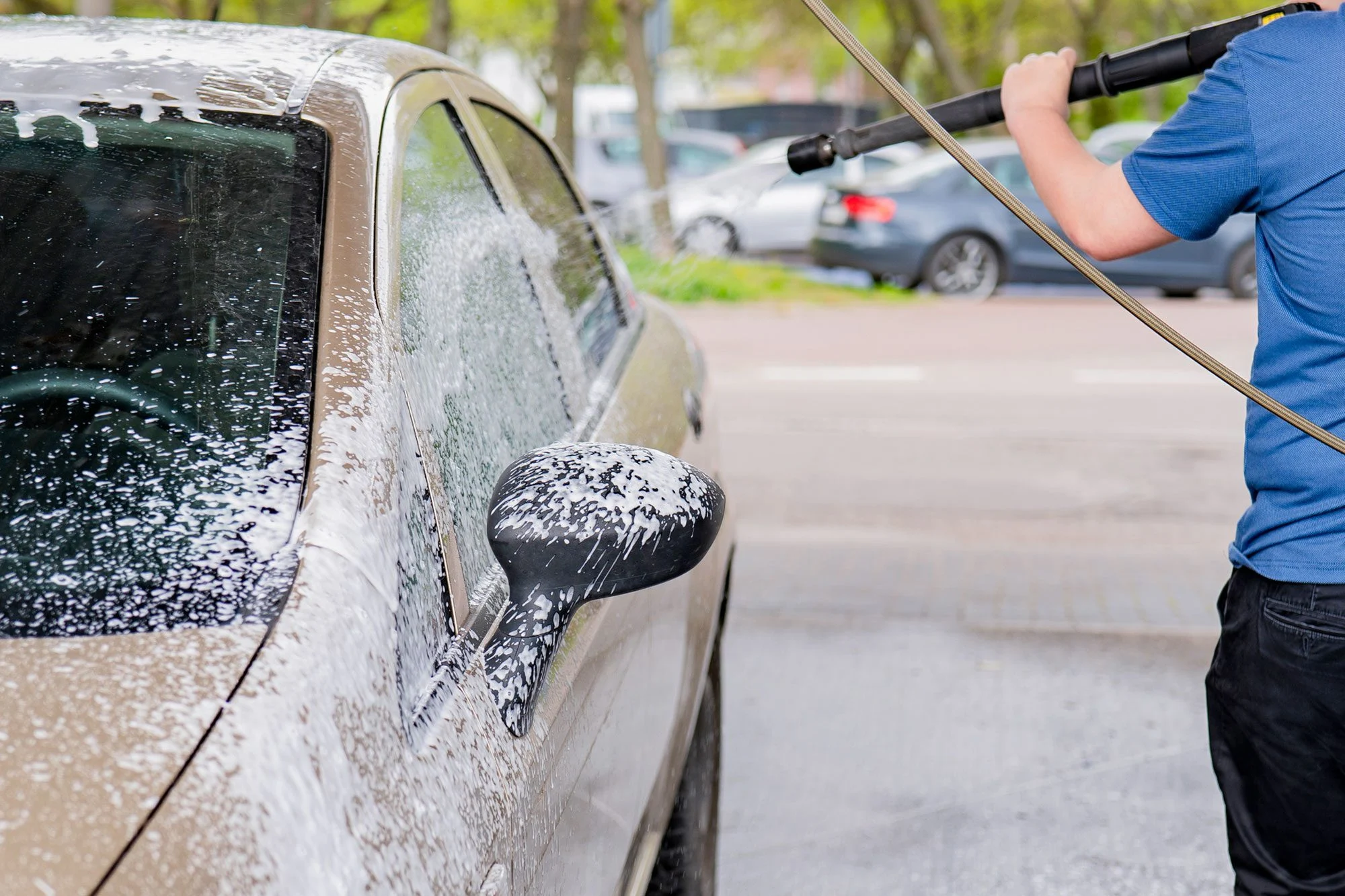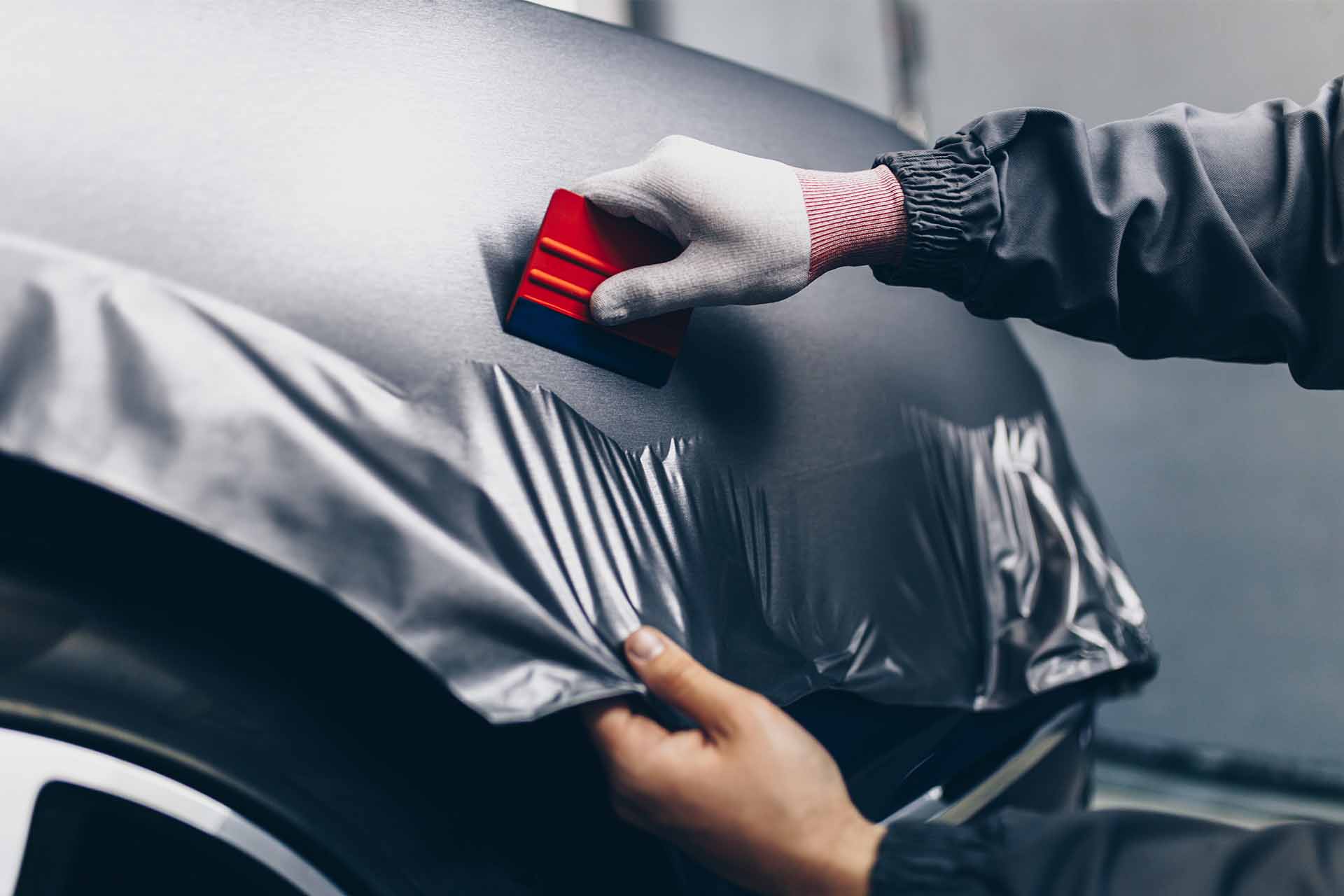As modern technology continues to revolutionize various industries, the car care industry is no exception. Among the various car wash methods, the touchless car wash has gained significant popularity for its convenience, efficiency, and ability to minimize potential damage to vehicle surfaces. Touchless car washes are becoming a go-to option for many drivers looking to keep their vehicles clean while avoiding the risks associated with traditional brush-based systems.
In this article, we will delve into the world of touchless car washes, exploring how they work, their benefits, potential downsides, and how they compare to other car wash methods.
What Is a Touchless Car Wash?
A touchless car wash is a type of automated car wash system that cleans vehicles without any physical contact between brushes or other cleaning equipment and the car’s surface. Instead of using mechanical brushes or cloth scrubbers, touchless car washes rely on high-pressure water jets, powerful cleaning detergents, and specialized chemicals to remove dirt, grime, and contaminants from the vehicle.
The key distinguishing feature of a touchless car wash is that it eliminates the risk of scratches, swirl marks, or other potential damage to the car’s paintwork that can sometimes occur with brush-based car washes.
How Does a Touchless Car Wash Work?
The touchless car wash process typically involves several steps:
- Pre-Rinse: The car is first subjected to high-pressure water jets that remove loose dirt and debris. This pre-rinse step helps prepare the car for the application of cleaning agents.
- Application of Cleaning Detergents: Once the pre-rinse is complete, a specialized detergent or cleaning solution is sprayed onto the car’s surface. These detergents are designed to break down tough dirt, oil, and contaminants.
- High-Pressure Water Spray: After the detergent has had time to work, high-pressure water jets are used to rinse off the cleaning solution along with the dirt and grime. The water pressure is strong enough to remove even the most stubborn substances without the need for physical scrubbing.
- Rinse and Spot-Free Finish: In the final stages, the car is rinsed with a spot-free water rinse, which typically includes purified water or a water softening agent to prevent water spots from forming on the surface as the car dries.
- Air Drying: The final step of a touchless car wash often involves a powerful air blower that dries the car’s surface without the need for towels or other physical drying methods.
The entire process is fully automated, and drivers typically remain inside their vehicles throughout the wash, making it both fast and convenient.
Benefits of Touchless Car Washes
Touchless car washes have gained widespread popularity due to the numerous benefits they offer. Here are some key advantages of choosing a touchless car wash:
1. No Risk of Surface Damage
One of the biggest advantages of touchless car washes is that they eliminate the risk of scratches, swirl marks, and other paint damage that can sometimes occur with traditional car washes. Brush-based systems, especially if not well-maintained, can trap dirt and debris in their bristles, leading to potential damage to the vehicle’s surface. Since touchless car washes rely solely on water pressure and cleaning agents, the risk of physical damage is greatly reduced.
2. Convenience and Speed
Touchless car washes are designed to be fast and convenient. The entire process typically takes just a few minutes, making it an ideal option for busy drivers who want to maintain a clean vehicle without spending a significant amount of time at the car wash. Additionally, the automation of touchless car washes means that drivers don’t need to leave their vehicles during the wash, adding to the overall convenience.
3. Effective Cleaning
Despite the absence of physical scrubbing, touchless car washes are highly effective at cleaning vehicles. The high-pressure water jets, combined with powerful detergents and cleaning solutions, can remove dirt, grime, oil, bird droppings, and other contaminants from the car’s surface. This makes it a suitable option for regular maintenance washes to keep the vehicle looking clean and fresh.
4. Safe for Specialty Finishes and Delicate Parts
Vehicles with specialty finishes, such as matte paint or custom wraps, as well as delicate components like antennas, sensors, and mirrors, may require extra care during a car wash. The non-contact nature of a touchless car wash makes it a safer option for vehicles with these special requirements. Additionally, it avoids damage to external features that might be at risk in a traditional car wash.
5. Eco-Friendly Option
Many touchless car washes are designed with water conservation in mind, utilizing high-efficiency water jets that reduce water usage compared to manual or traditional car washes. Some touchless car washes also incorporate water recycling systems, further reducing environmental impact. Additionally, the chemicals used in touchless washes are often biodegradable and environmentally friendly.
Potential Drawbacks of Touchless Car Washes
While touchless car washes offer many advantages, there are some potential downsides to consider:
1. Less Effective on Heavy Dirt and Grime
Although touchless car washes are effective at removing surface-level dirt and contaminants, they may struggle with heavy dirt, caked-on mud, or deep grime. Since there is no physical scrubbing involved, tougher stains may not be fully removed in a touchless car wash. This makes it less suitable for vehicles that are heavily soiled or for drivers who prefer an extremely deep clean.
2. Chemical Sensitivity
Touchless car washes rely on strong cleaning agents and detergents to break down dirt and grime. In some cases, these chemicals may be too harsh for certain types of paint or finishes, potentially causing fading or discoloration over time. While this is rare, it’s something to keep in mind if you have a specialty paint job or custom finish on your vehicle.
3. Water Spot Formation
Although many touchless car washes use spot-free rinsing to prevent water spots from forming, the effectiveness of this process can vary depending on the quality of the equipment and the water used. In some cases, water spots may still appear after the wash, particularly if the drying process is not thorough or the water contains impurities.
4. Cost
Touchless car washes can sometimes be more expensive than traditional car washes, especially if they use premium detergents, purified water, and other specialized equipment. While the convenience and protection from damage may justify the higher cost for some users, others may find manual washing or traditional car washes to be more cost-effective.
Comparing Touchless Car Washes to Other Car Wash Methods
There are several different types of car washes available, each with its pros and cons. Here’s how touchless car washes compare to other popular options:
1. Hand Washing
- Pros: Hand washing offers the most control and attention to detail. It’s ideal for deep cleaning, especially on heavily soiled vehicles.
- Cons: It’s time-consuming, labor-intensive, and can be costly if done professionally. There’s also a higher risk of scratches if improper techniques or materials are used.
- Comparison: Touchless car washes are faster and more convenient, but hand washing provides a more thorough clean, especially for tough dirt.
2. Brush-Based Automatic Car Wash
- Pros: Brush-based car washes are fast, effective, and widely available. They can remove tough dirt thanks to the scrubbing action of the brushes.
- Cons: Brushes can trap dirt and debris, potentially scratching the vehicle’s paint. Over time, repeated brush-based washes can lead to swirl marks.
- Comparison: Touchless car washes eliminate the risk of scratches but may not be as effective on tough grime compared to brush-based systems.
3. Self-Service Car Wash
- Pros: Self-service car washes offer flexibility, allowing users to clean their vehicles at their own pace. They’re typically cheaper than automated car washes.
- Cons: It can be messy and time-consuming, and without the proper technique, it may not provide a thorough clean.
- Comparison: Touchless car washes are more convenient and faster, but self-service washes allow for more control over the cleaning process.
Conclusion
Touchless car washes offer a fast, convenient, and safe way to clean your vehicle without the risk of surface damage associated with brush-based systems. With their advanced technology, touchless car washes provide an efficient way to remove dirt, grime, and other contaminants while minimizing the potential for scratches and swirl marks. However, for vehicles that are heavily soiled or require deep cleaning, other methods such as hand washing or brush-based automatic washes may be more effective.



